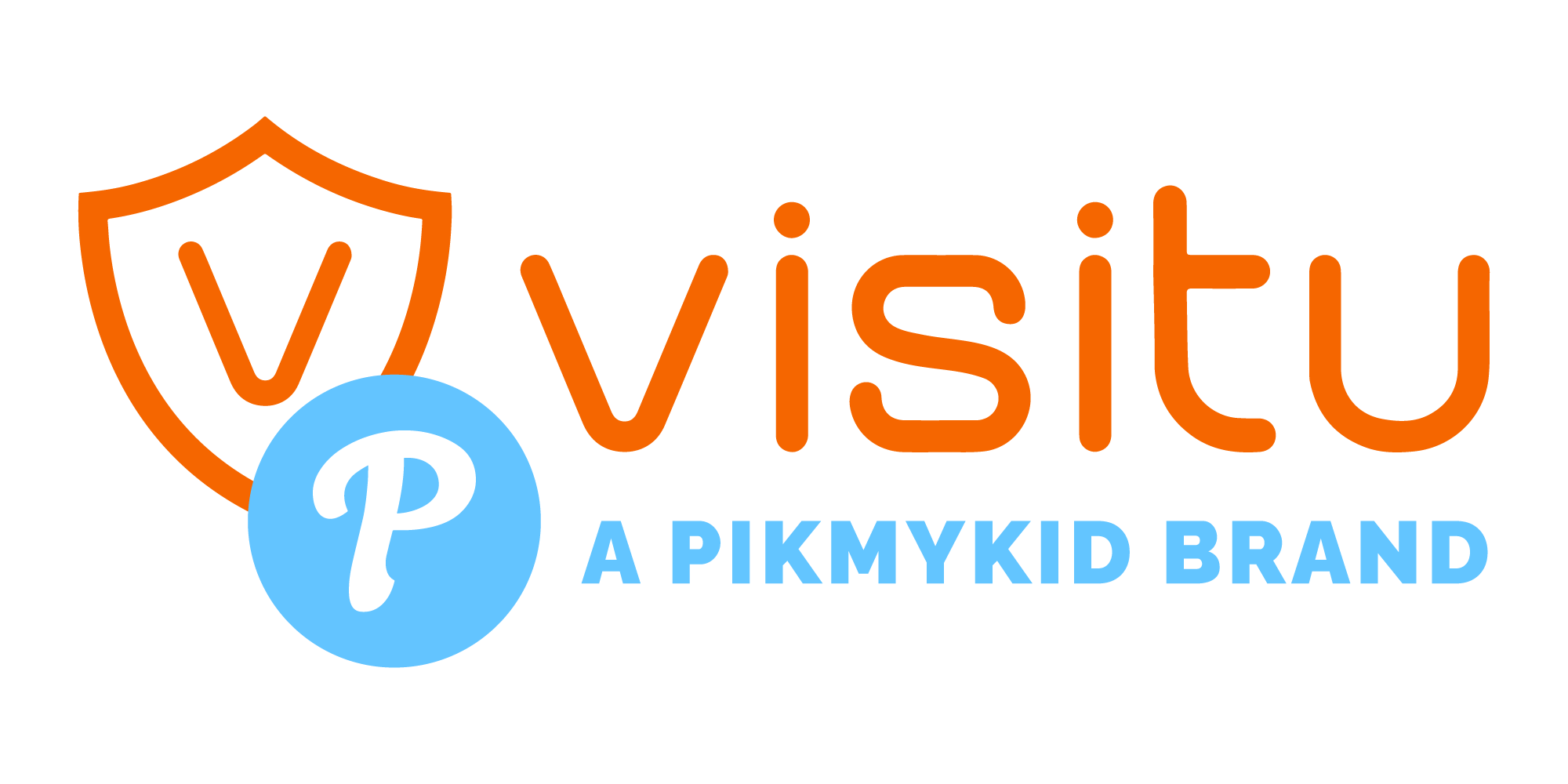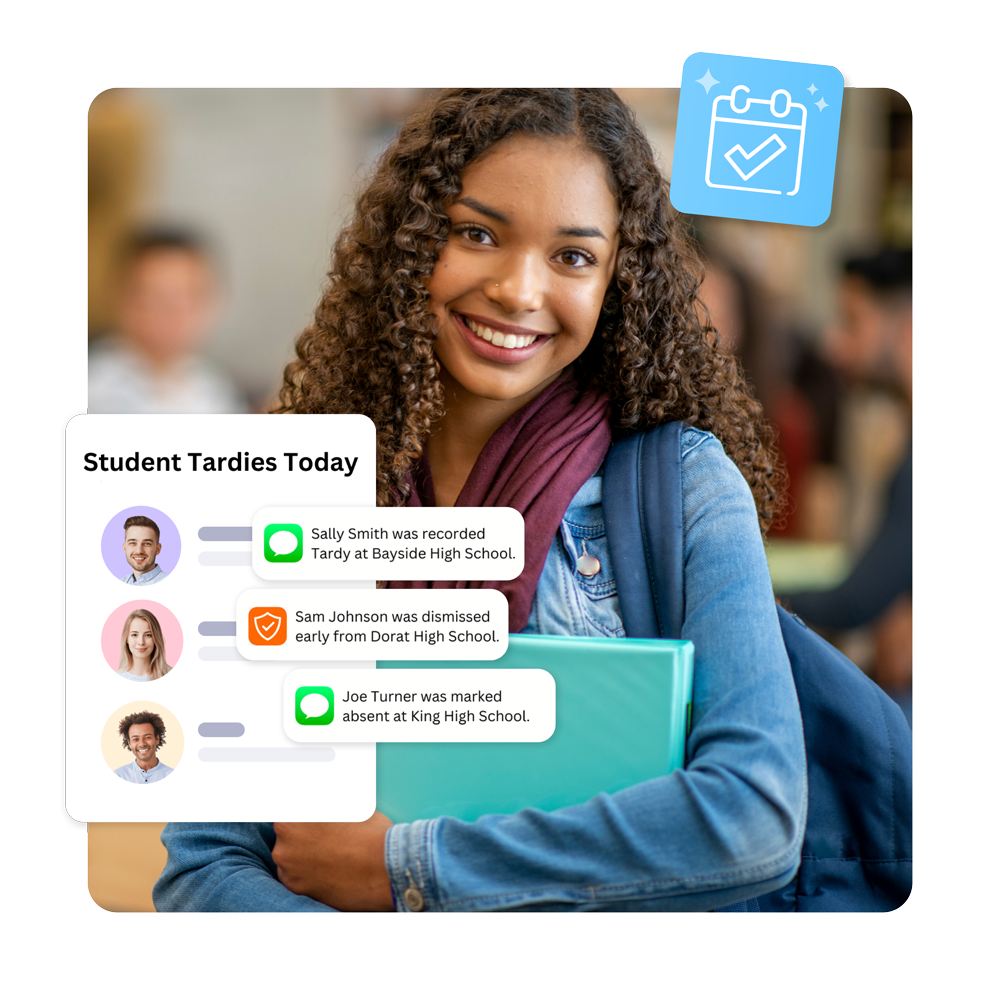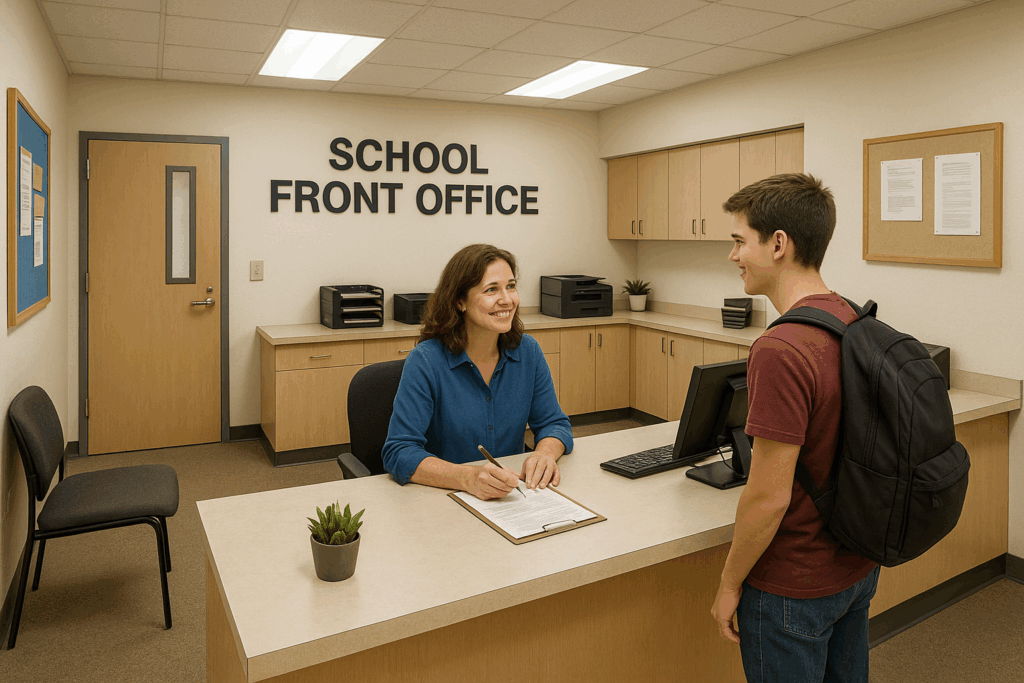Why Real-Time Visibility Matters During School Emergencies
Schools face mounting safety challenges, and emergencies can escalate quickly without the right tools. Traditional visitor logs often fail when seconds matter most. Administrators may lack accurate insight into who is on campus during lockdowns, evacuations, or reunification processes. Manual records, while common, provide outdated or incomplete information, leaving gaps that can compromise student safety. Real-time visitor tracking in schools fills this critical void, delivering instant data that empowers faster, more informed decisions during emergencies.
Campus-wide visibility becomes a lifeline in crisis scenarios. Administrators equipped with live information can act decisively, ensuring every individual is accounted for. Real-time systems eliminate the guesswork of outdated visitor sheets and provide accurate, centralized dashboards. These tools give schools confidence that their emergency protocols rest on dependable, up-to-the-second data. This capability transforms school emergency response visibility from reactive to proactive, aligning safety practices with the urgency of modern threats.
How Real-Time Visitor Logs Support Emergency Protocols
Emergencies create pressure for administrators to know who is inside the school at any given moment. Real-time visitor tracking addresses this demand by automatically recording arrivals, departures, and movements throughout the day. During a crisis, the system generates instant headcount for visitors, contractors, and volunteers, ensuring no one is overlooked. By replacing manual checks, these systems strengthen the precision of evacuation and lockdown procedures.
Integration with administrative dashboards allows security teams and school leaders to work from the same live dataset. Coordinated visibility supports faster decision-making and reduces delays during time-sensitive situations. Emergency-ready visitor management ensures that visitor logs extend beyond basic check-ins, directly supporting crisis protocols. These tools show how digital campus safety solutions can reinforce preparedness and protect school communities.
Enhancing Communication with First Responders and Internal Staff
When emergencies strike, communication speed directly influences how effectively schools respond. Real-time visitor tracking in schools strengthens communication both internally and externally. Administrators, teachers, and security staff access live dashboards to coordinate decisions without conflicting information. Meanwhile, first responders arrive with accurate records, avoiding the confusion of manual headcount.
These systems also deliver mobile dashboard visibility during evacuations or shelter-in-place events. Staff and responders can monitor visitor presence from anywhere, even under chaotic conditions. Digital alerts triggered by visitor systems enhance crisis coordination by sending real-time updates to all relevant stakeholders. Emergency communication with visitor systems ensures responders have clarity before entering dangerous situations. This shared awareness reduces response time and increases trust in the safety process.
Managing Unknown or Unauthorized Visitors During Crises
Crises magnify the risks posed by unauthorized visitors. Schools need tools to quickly detect individuals who do not belong on campus. Real-time visitor management systems address this risk by flagging unregistered entries and denying access when necessary. During emergencies, this feature becomes critical for maintaining secure environments.
Administrators can identify all non-students present during a crisis without sifting through incomplete paper records. Geo-fencing technology further supports safety by restricting visitor movement across designated zones. Alerts notify staff if individuals attempt to enter restricted areas, allowing quick interventions. This combination of detection and control strengthens emergency lockdown safety and reduces exposure to additional threats. By managing unauthorized visitors effectively, schools add a vital layer of protection during unpredictable situations.
Integrating Visitor Systems with Emergency Management Platforms
The value of real-time visitor tracking multiplies when integrated with other emergency management systems. Visitor data can connect with emergency notification tools to automatically alert staff and responders when an incident occurs. This seamless integration ensures that visitor information flows directly into broader communication channels. Schools no longer rely on fragmented systems during high-pressure moments.
Connections with student information systems, access control technology, and security platforms build a unified safety network. Administrators manage drills, lockdowns, and evacuations with consistent, reliable information across multiple platforms. Drill simulations also benefit from these integrations, helping schools test readiness in controlled scenarios. Emergency tech integration in schools reflects the growing importance of connected safety systems. Together, these solutions strengthen preparedness and support safer crisis management.
Case Scenarios: How Real-Time Tracking Prevented Escalation
The benefits of real-time visitor tracking in schools are best understood through practical examples. Imagine a lockdown triggered by an external threat. Administrators immediately access live visitor data, confirming who is inside and who has exited. This clarity prevents delays and ensures that every person is accounted for without confusion.
Consider another case where unauthorized individuals attempt to enter during an ongoing emergency. A real-time system flags the attempt, preventing escalation before harm occurs. These platforms also help parents locate visiting family members quickly after a crisis, reducing anxiety and improving reunification efforts. First responders benefit as well, arriving with confidence that they know the exact number of people on campus. These scenarios highlight how visitor accountability during crises can save valuable time and prevent dangerous oversights.
Real-Time Visitor Tracking as a Core Safety Component
School safety requires speed, accuracy, and effective communication, and real-time visitor tracking provides all three during emergencies. With these systems, administrators gain the ability to respond faster, ensure accountability, and strengthen coordination with staff and first responders. Every second saved can reduce risks and safeguard lives, making real-time systems an essential investment.
Schools must evaluate whether their current visitor management practices meet the demands of modern crisis readiness. Outdated paper logs or disconnected systems may leave dangerous gaps during critical events. By modernizing with real-time visitor tracking in schools, institutions enhance protection and build trust with families and communities. The future of campus crisis management relies on proactive, integrated tools that keep safety at the forefront. For administrators, adopting these technologies is not just an option but a responsibility toward the students and staff they serve.




